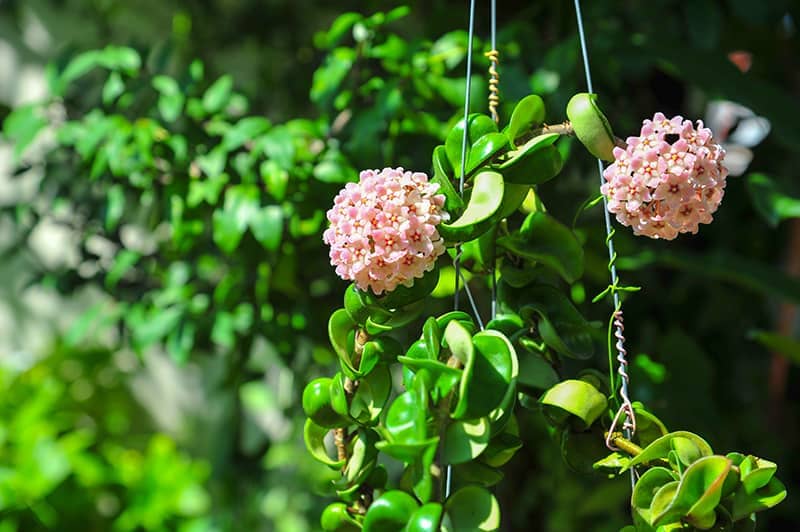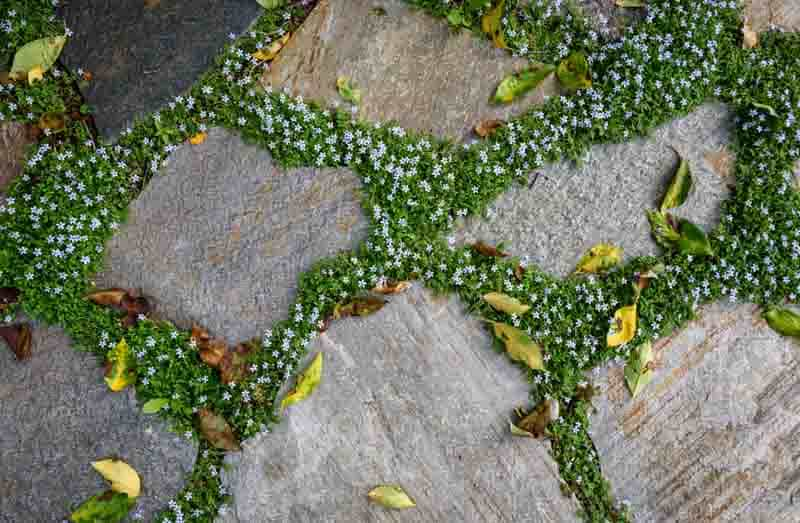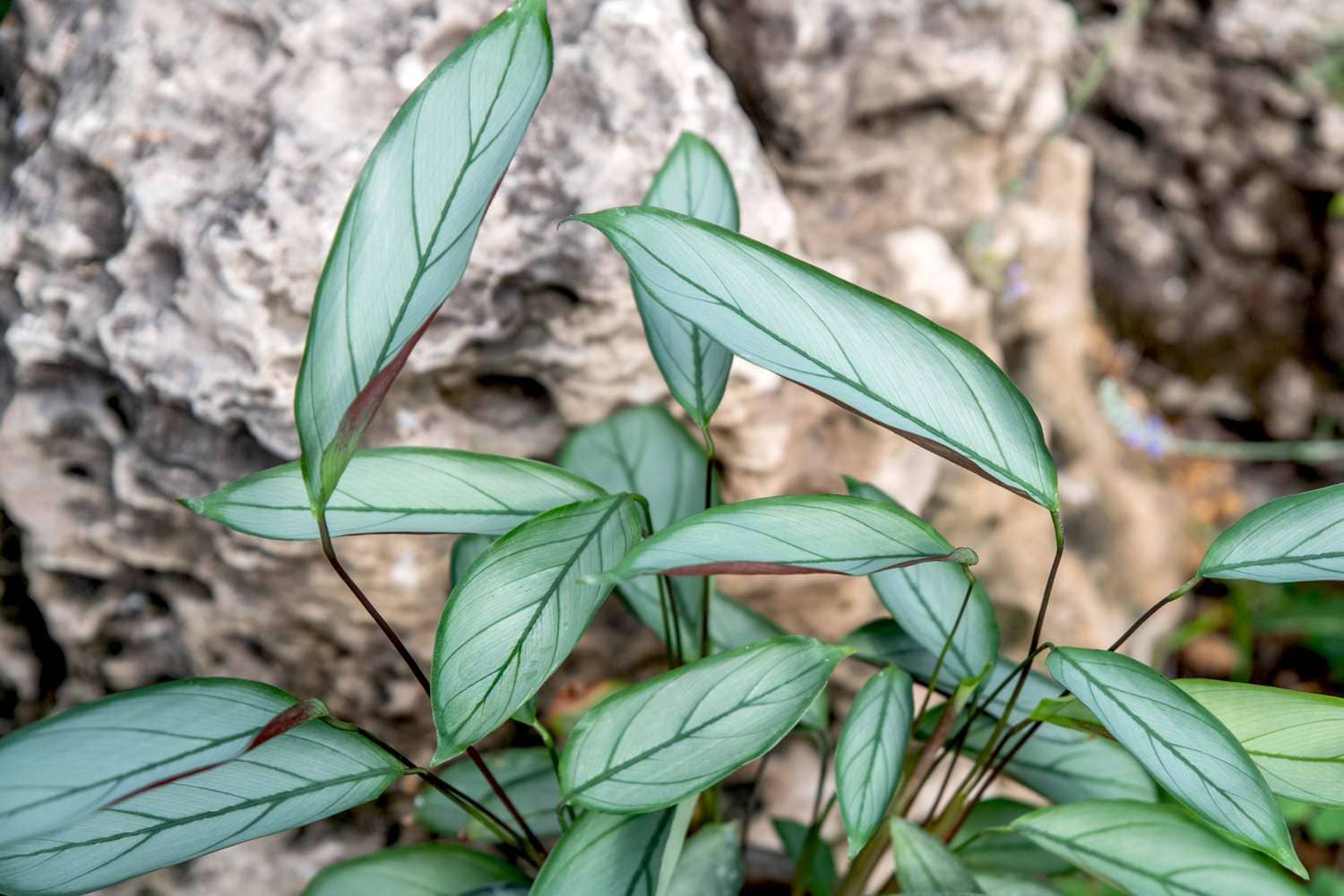Introduction
Welcome to the enchanting universe of the Hindu rope plant! In this guide, we’ll delve into the captivating features and care tips for this extraordinary succulent. Whether you’re a seasoned plant enthusiast or a beginner looking to add greenery to your space, the Hindu rope plant is sure to capture your attention with its distinctive appearance and easy maintenance.
Characteristics of Hindu Rope Plant
The Hindu rope plant is characterized by its thick, twisted leaves that resemble ropes or braids. These succulent leaves can vary in color from deep green to variegated shades of pink, cream, or white, adding a touch of elegance to any indoor space.
Ideal Growing Conditions
To thrive, the Hindu rope plant requires bright, indirect sunlight and well-draining soil. It is adaptable to various humidity levels but prefers moderate moisture. Avoid overwatering, as it can lead to root rot. This resilient plant is suitable for both indoor and outdoor cultivation in temperate climates.
Caring for Your Hindu Rope Plant
Light and Placement
H2: Light and Placement
Place your Hindu rope plant in a location with bright, indirect sunlight. Avoid exposing it to direct sunlight for prolonged periods, as this can scorch the leaves. Indoors, near a south or west-facing window is ideal, while outdoors, a shaded spot with dappled sunlight is preferable.
Watering Routine
H2: Watering Routine
Maintain a consistent watering schedule for your Hindu rope plant, allowing the soil to dry out partially between waterings. Overwatering can be detrimental, causing root rot and other issues. During the winter months, reduce watering frequency to prevent moisture-related problems.
Soil and Repotting
H2: Soil and Repotting
Use a well-draining potting mix formulated for succulents or cacti when planting or repotting your Hindu rope plant. Repotting is typically necessary every 2-3 years or when the plant outgrows its container. Choose a container with drainage holes to prevent waterlogging.
Temperature and Humidity
H2: Temperature and Humidity
Maintain a moderate room temperature between 60-80°F (15-27°C) for optimal growth of your Hindu rope plant. While it can tolerate occasional fluctuations, avoid exposing it to extreme cold or heat. Adequate humidity levels are beneficial, but the plant can adapt to lower humidity environments.
Fertilization
H2: Fertilization
Fertilize your Hindu rope plant sparingly during the growing season, typically spring and summer, with a balanced liquid fertilizer diluted to half strength. Avoid overfertilizing, as it can lead to salt buildup in the soil and cause harm to the plant.
Pruning and Propagation
H2: Pruning and Propagation
Pruning is rarely necessary for the Hindu rope plant, but you can trim leggy or overgrown stems to encourage bushier growth. Propagation is easily achieved through stem cuttings, which can be rooted in water or directly in soil.
Pests and Diseases
H2: Pests and Diseases
The Hindu rope plant is relatively resistant to pests and diseases, but it may occasionally encounter issues such as mealybugs or aphids. Treat any infestations promptly with neem oil or insecticidal soap, and ensure good air circulation to prevent fungal diseases.
FAQs (Frequently Asked Questions)
- How often should I water my Hindu rope plant?
- Water your Hindu rope plant when the top inch of soil feels dry to the touch.
- Can I place my Hindu rope plant outdoors?
- Yes, you can place your Hindu rope plant outdoors in a shaded area with indirect sunlight.
- What is the best soil mix for Hindu rope plants?
- Use a well-draining potting mix formulated for succulents or cacti.
- How do I propagate my Hindu rope plant?
- Propagate your Hindu rope plant using stem cuttings, which can be rooted in water or soil.
- Does the Hindu rope plant require frequent fertilization?
- Fertilize your Hindu rope plant sparingly during the growing season with a balanced liquid fertilizer.
- Is the Hindu rope plant prone to pests and diseases?
- While relatively resistant, the Hindu rope plant may encounter pests like mealybugs or aphids. Treat promptly with appropriate measures.
Conclusion
In conclusion, the Hindu rope plant is a remarkable addition to any indoor or outdoor garden, offering beauty, resilience, and ease of care. By following the tips outlined in this guide, you can ensure that your Hindu rope plant thrives and continues to enchant with its unique charm.





